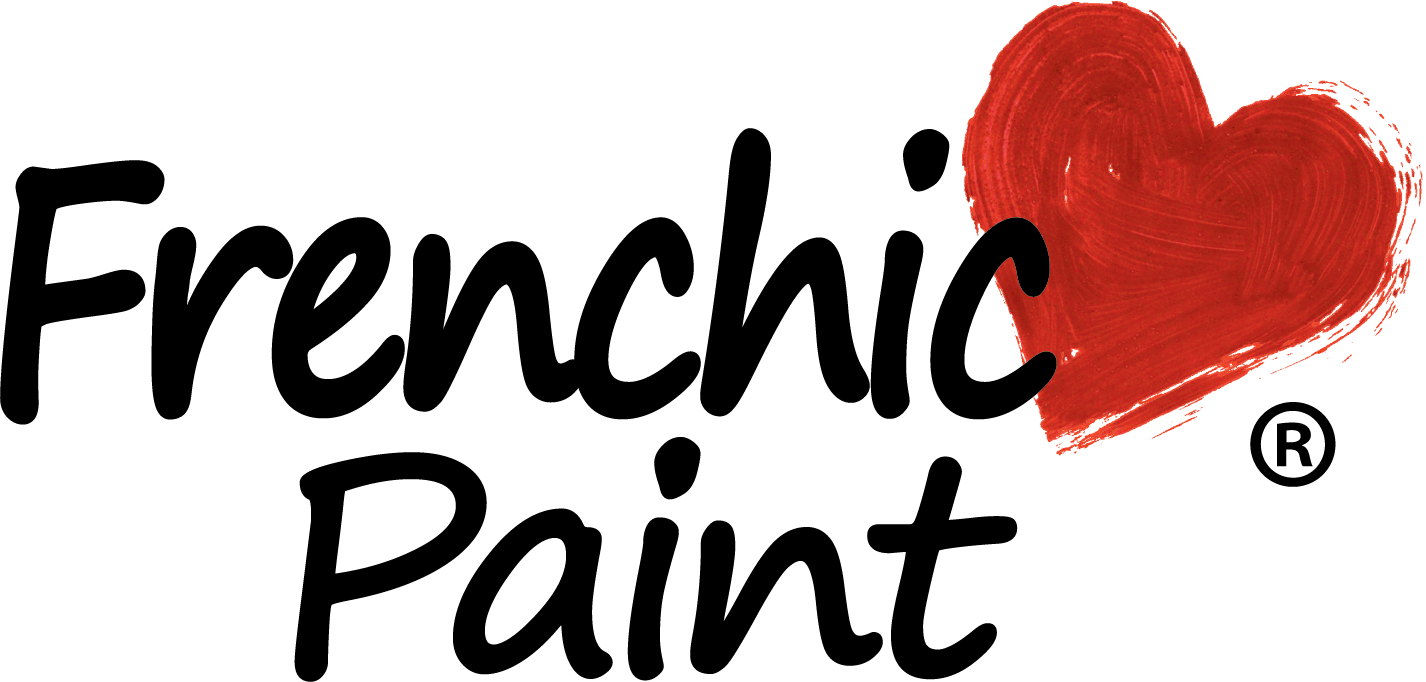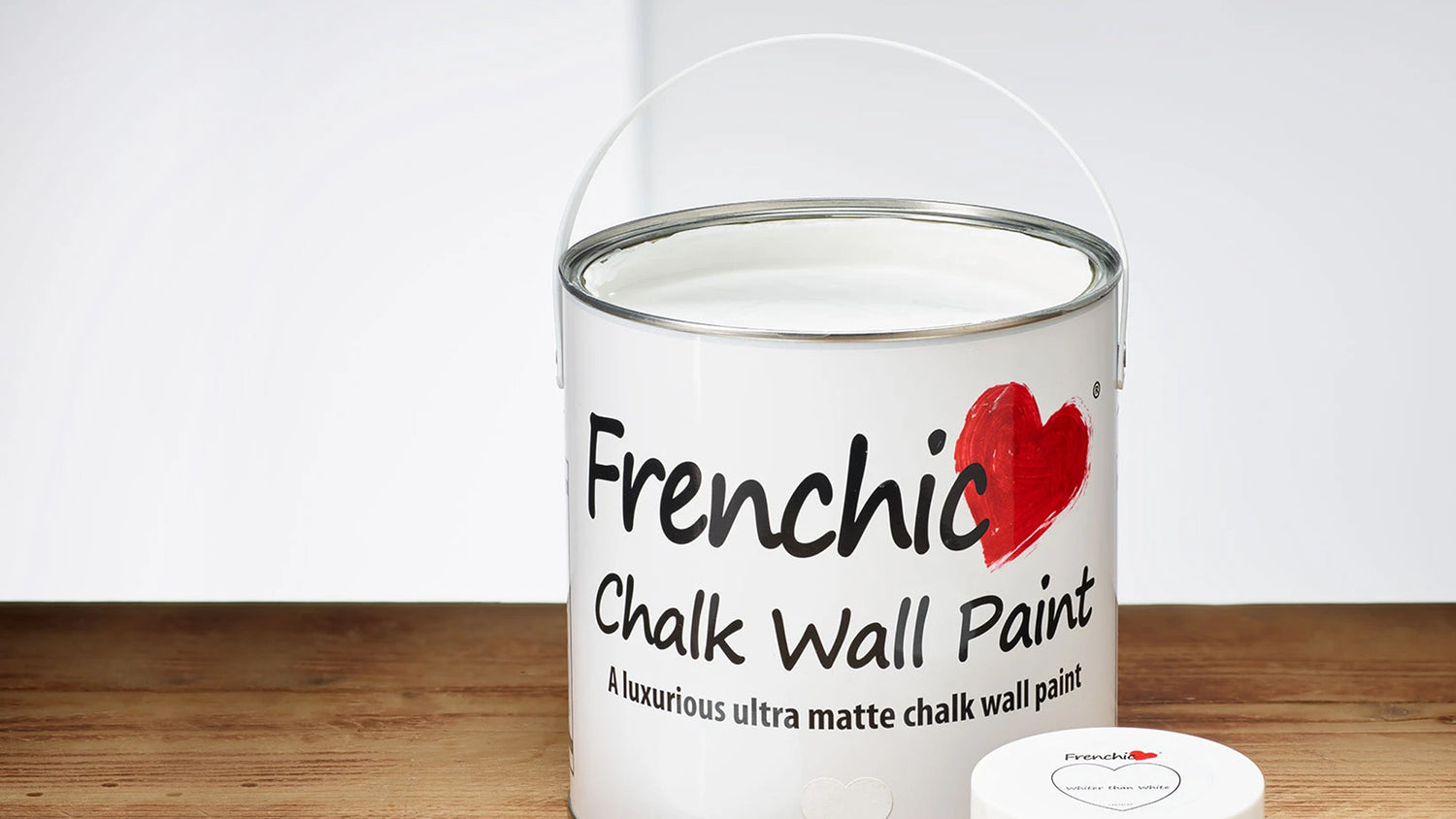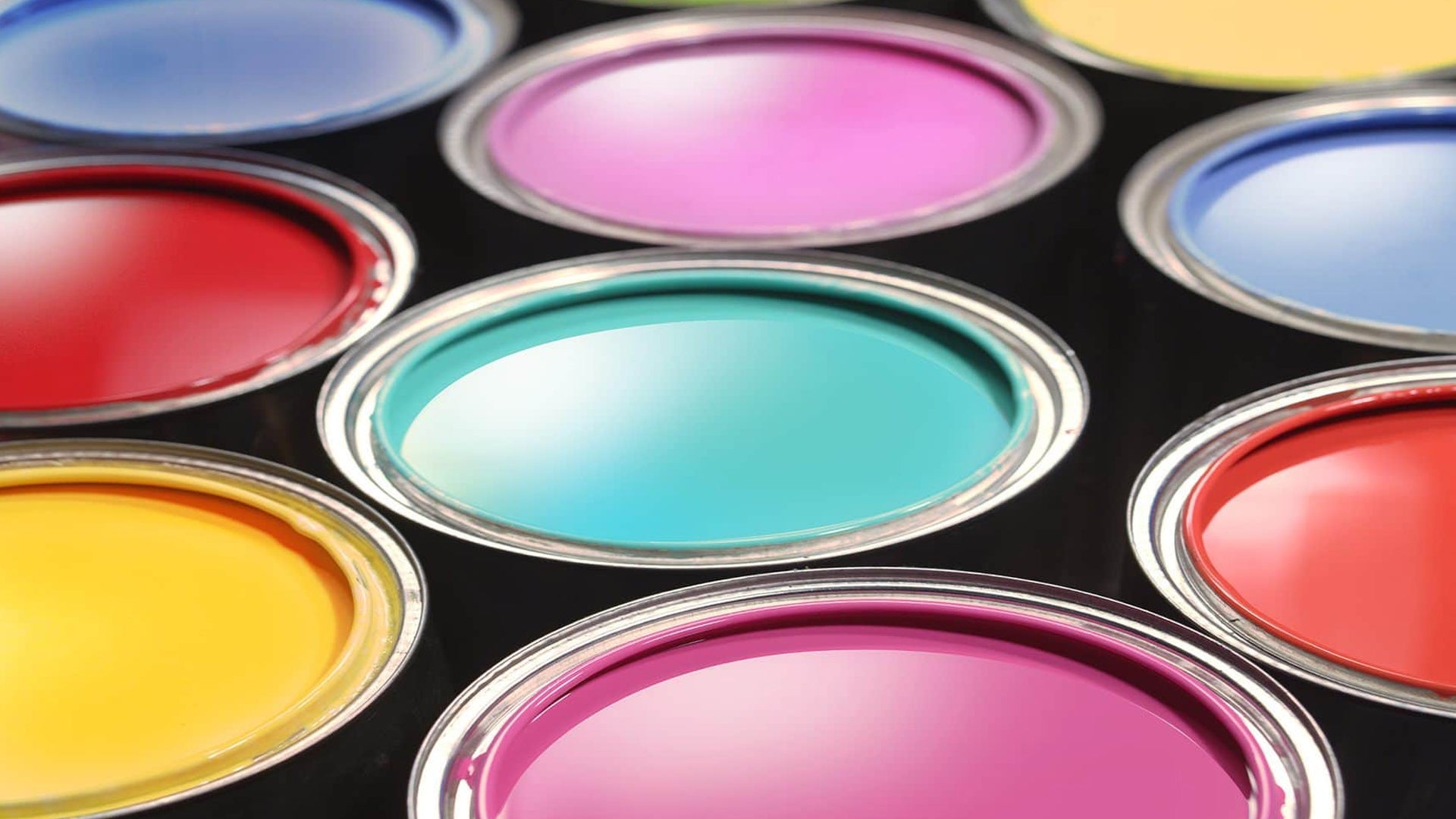White paint is capable of transforming the look of any room. It’s ideal for reflecting light and maximising dimensions in a smaller space. It also brings a classic simplicity and a quiet dignity to the environments it adorns. Because it provides the perfect backdrop to complement other colours or schemes already present in the room, it’s certainly a highly versatile choice for interior walls.
But not all white wall paints are created equal. In this post, we’ll discuss how to find the best white paint for your interior walls.
The importance of picking the best white paint
While pure brilliant whites do exist, the vast majority of white paints contain subtle undertones of other colours, from cooler colours like blue, grey and green, to warmer hints such as yellow, pink and red. These undertones are not always immediately obvious when viewed on paint sample card, but hold it against a sheet of white paper and you’ll soon see the difference.
What’s more, that discrepancy becomes doubly apparent when splashed all over the walls in your home. What seemed like an understated ivory tinge on the paint can may look decidedly yellow when transplanted to your walls. That’s why finding the best white paint for interior walls is a tall order, since there are so many to choose from and even the same hue will look dissimilar in different environments.
Fortunately, at Frenchic, we understand the importance of such a decision and the challenges inherent in making it. That’s why we stock a wide variety of white paints – and why we’ve compiled this handy guide to help you strike upon the hue that’s best for you. Simply keep in mind these tips when selecting your shade and you can’t go wrong.
No one-size-fits-all
The first thing to understand when it comes to choosing the best white paint for interior walls is that there is no single best white paint for interior walls. That’s because the same coat of paint can look significantly different depending upon the environment in which it is placed.
For example, interior walls in the northern hemisphere will accentuate different characteristics of the paint to those in the southern hemisphere due to the amount of natural light that the walls receive. But there’s no need to think in such lofty terms – even different rooms in the same house can produce stark results. Orientation of the space, amount of natural light and time of year are all factors which will impact upon a paint’s aesthetic, so bear those in mind when making your decision.
Cool vs warmth
What’s behind the changing faces of white paint? Its undertones. Most white paints contain a trace of other colours, whether they are reds, yellows, blues or greens. Although these are often present in such small concentrations to be barely noticeable to the naked eye on the sample, they’ll become much more pronounced when they grace an entire wall or room.
Therefore, it’s best to tailor a cooler undertone (such as blue, green or grey) to a warmer room which receives a lot of sun. Conversely, you can brighten up darker rooms and soften the gloom by introducing a paint which contains a warmer undertone, like yellow, red or pink. Ivory Tower and Wedding Cake are both examples of warm whites stocked in the Frenchic range.
Go for a pure primer
If in doubt, a pure brilliant white is a good starting point as a primer for your walls. That’s because it’ll allow you to see how the tone looks in your home without any accents or undertones and provides the perfect backdrop for you to gauge whether it needs to be warmer or cooler, as the circumstances dictate.
Best of all, white is an excellent primer since it’s easy to paint over, meaning you can always change your mind at a later date. Dazzle Me! from Frenchic is a highly popular option for this very reason, since it affords homeowners the flexibility to try out various styes in their home, safe in the knowledge that they can easily take a different course of action should they wish to do so.
Complement and contrast
It’s important to remember that the walls in question aren’t the only factor to consider when choosing a shade of white paint. You’ll also need to bear in mind any furniture, appliances, embellishments (such as cornices and skirting boards) and even adjoining rooms. Since these items will be set against your white walls, you must pick a shade that will either complement them harmoniously or deliver a pleasing contrast.
The safest strategy is not to go against the grain. For example, a room which is predominantly blue in its décor will be best complemented by a white paint that contains a blue undertone. On the other hand, bathrooms and kitchens should comprise special areas of interest, since the white goods and furnishings in both will prove extra noticeable against whichever shade you choose.
Think big, but start small
The best advice for anyone looking to decorate a new room in any shade is to paint a smaller section of the wall before you commit to covering its entire surface. That’s because even after studying multiple sample cards until you’re sick of the sight of them, you can never be 100% sure how the paint will look on your walls, nor how its appearance will change depending upon the time of day and the amount of light it receives.
For that reason, it’s beneficial to think big, but start small. Frenchic cater for this very purpose by stocking cans as small as 250ml, so you can test out your white paint without breaking the bank or overcommitting before you’re really certain that it’s the best white paint for interior walls in your home.
Find your perfect white with Frenchic
At Frenchic, we believe there’s a perfect paint for every situation. That’s why we stock a range of different options in our white collection, meaning you’re sure to find the shade that you’re looking for. Whether it’s the eye-catching allure of Whitey White or the seductive style of Wolf Whistle, we’re confident you’ll find what you’re looking for in our range. Why not check it out today?








